



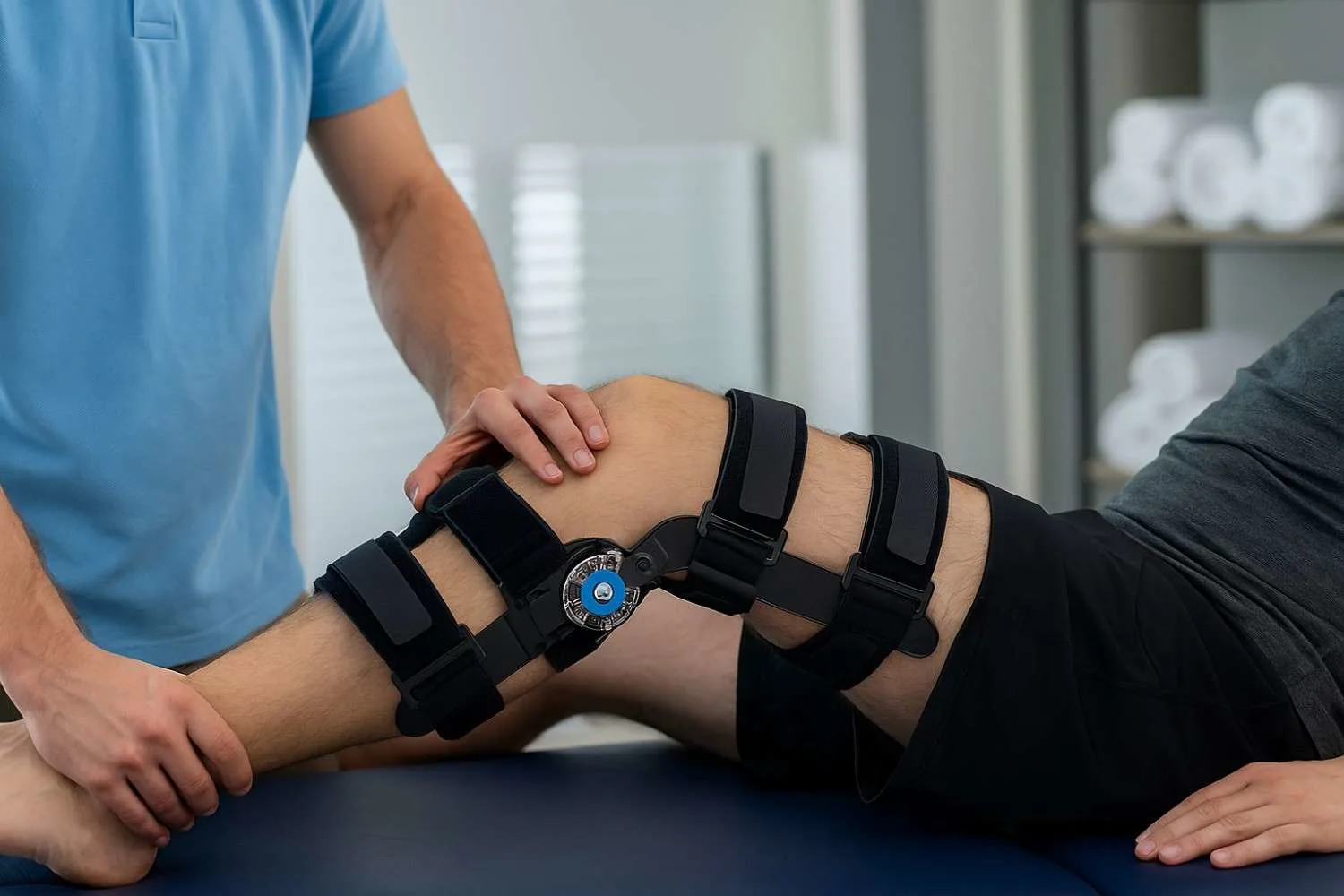
Author: Dr. Garima Bishwas
Yoga 0
An MCL tear affects the medial collateral ligament, one of the key stabilizers on the inner side of your knee. Whether it’s a mild sprain or a complete tear, proper physiotherapy and a structured recovery plan can help restore mobility, reduce pain, and get you back on your feet—without surgery in most cases.
What Is an MCL Tear?
The medial collateral ligament (MCL) is a strong band of tissue that runs along the inside of the knee. It keeps the knee stable, especially during side-to-side movements.
When the MCL is stretched too far or suffers a direct hit—like during sports or a fall—it can tear. The injury ranges from a mild strain to a complete rupture.
Common symptoms include:
-
Pain along the inner side of the knee
-
Swelling and bruising
-
Knee stiffness or locking
-
A feeling of instability when walking
-
Difficulty bending or straightening the knee
Causes of MCL Tear
Most MCL tears are caused by:
-
A sudden change in direction, especially during sports like football, basketball, or skiing
-
A direct impact on the outer side of the knee
-
Landing awkwardly from a jump
-
Twisting the knee when the foot is planted
Women, especially those active in sports or returning postpartum to exercise, may be more prone due to differences in muscle strength and joint structure.
MCL Tear Grades & Recovery Time
|
Grade |
Severity |
Recovery Time |
Treatment Approach |
|
1 |
Mild sprain |
2–4 weeks |
Rest + Physiotherapy |
|
2 |
Partial tear |
4–8 weeks |
Brace + Rehab |
|
3 |
Complete tear |
8–12 weeks+ |
Surgery (sometimes) + Rehab |
Grades 1 and 2 typically respond very well to conservative treatment. Grade 3 may require surgical repair, especially if multiple ligaments are involved.
MCL Tear Treatment Options
a. Non-Surgical (Conservative Treatment)
This is the first line of treatment for most MCL injuries:
-
Rest: Limit activity that puts stress on the knee.
-
Ice: Apply for 15–20 minutes, 2–3 times a day to reduce swelling.
-
Compression: Use an elastic bandage to support the knee.
-
Elevation: Keep your leg raised to control swelling.
-
Knee brace: Helps with joint stability
-
Medication: Anti-inflammatories, if advised by your doctor
-
Physiotherapy: Starts early and continues through recovery
b. Surgical Treatment
Surgery is only needed in severe Grade 3 tears, especially when:
-
The ligament is completely ruptured.
-
Other ligaments are also torn.
-
The knee remains unstable after rehab.
Surgical repair is followed by a structured rehabilitation plan lasting 3–6 months.
Role of Physiotherapy in MCL Recovery
Physiotherapy is the backbone of recovery. Here’s why it matters:
-
Helps control pain and swelling
-
Restores joint flexibility and range of motion
-
Rebuilds strength in the thigh, hamstrings, and glutes
-
Prevents long-term stiffness
-
Reduces the risk of future injuries
-
Crucial for post-surgery recovery
Every program is customized based on the injury grade and your lifestyle goals.
MCL Tear Physiotherapy Stages (Step-by-Step Plan)
Phase 1: Acute Stage (Week 0–2)
Focus: Reduce swelling and protect the knee.
Interventions:
-
Ice packs
-
Gentle compression wraps
-
Knee brace or support
-
Elevation and rest
Exercises:
-
Quad sets (contracting thigh muscle)
-
Heel slides (gentle knee bending while lying down)
Phase 2: Strength Phase (Weeks 3–6)
Focus: Rebuild muscle and regain knee control.
Exercises:
-
Straight leg raises (lying down)
-
Mini squats (with support if needed)
-
Hamstring curls (standing or prone position)
Phase 3: Balance & Coordination (Weeks 6–10)
Focus: Improve joint stability and confidence.
Exercises:
-
Step-ups (onto a low platform)
-
Single-leg balance (on firm surface or foam pad)
-
Wobble board or balance disc training
Phase 4: Return to Activity (Weeks 10–16)
Focus: Prepare for sport or high-level function
Exercises:
-
Light jogging
-
Agility drills (ladder, cone drills)
-
Sport-specific training (under supervision)
Best MCL Tear Physiotherapy Exercises
These can be part of your rehab plan, based on your progress:
-
Quad sets – for knee stability
-
Straight leg raises – build front thigh strength.
-
Glute bridges – strengthen the posterior chain.
-
Wall sits – controlled activation of quads
-
Step-ups – balance and power
-
Hamstring curls – critical for the back of the thigh
-
Balance board drills – for proprioception and joint control
Each exercise should be done with correct form, under supervision if needed.
MCL Tear Home Care & Lifestyle Tips
Your recovery isn’t limited to physiotherapy sessions. Here’s what helps:
-
Ice therapy 2–3 times a day for 15 mins
-
Avoid twisting or sudden turns – even during daily chores.
-
Stay consistent with prescribed rehab exercises.
-
Eat for recovery – include protein, omega-3s, and plenty of water.
-
Sleep well – tissue healing is strongest during deep rest.
Do’s and Don’ts During MCL Tear Recovery
Do:
-
Wear a knee brace if your therapist suggests it.
-
Follow your home exercise program daily.
-
Rest between sessions to avoid overloading.
Don’t:
-
Push through pain.
-
Resume running or sports without clearance.
-
Skip sessions or ignore professional advice.
Recovery is gradual. Skipping steps can lead to re-injury.
When to See a Doctor for an MCL Tear
Some signs mean it’s time for a follow-up or new evaluation:
-
Constant swelling or pain that doesn’t improve
-
The knee feels unstable or buckles.
-
You can’t fully bend or straighten the knee.
-
Previous MCL injuries that keep coming back
Don’t guess—get a clinical assessment when unsure.
Conclusion
An MCL tear can sideline your activity, but with timely physiotherapy and proper treatment, you can recover fully. Most people regain full function without surgery, provided they stick to a structured plan.
Listen to your body, stay patient, and lean on professional guidance. Recovery is a journey, but the right rehab brings you back stronger.
Frequently Asked Questions
Add comment
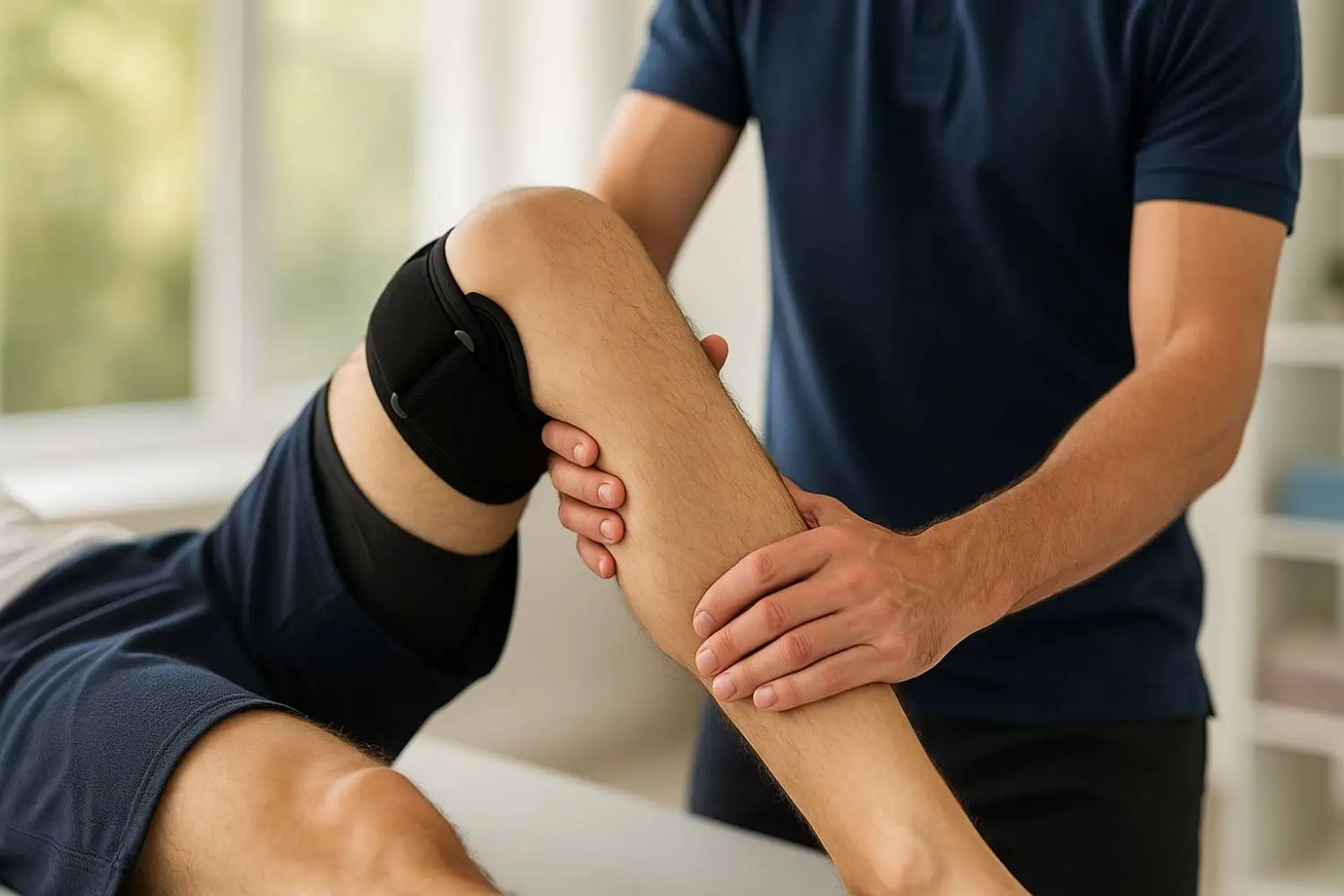

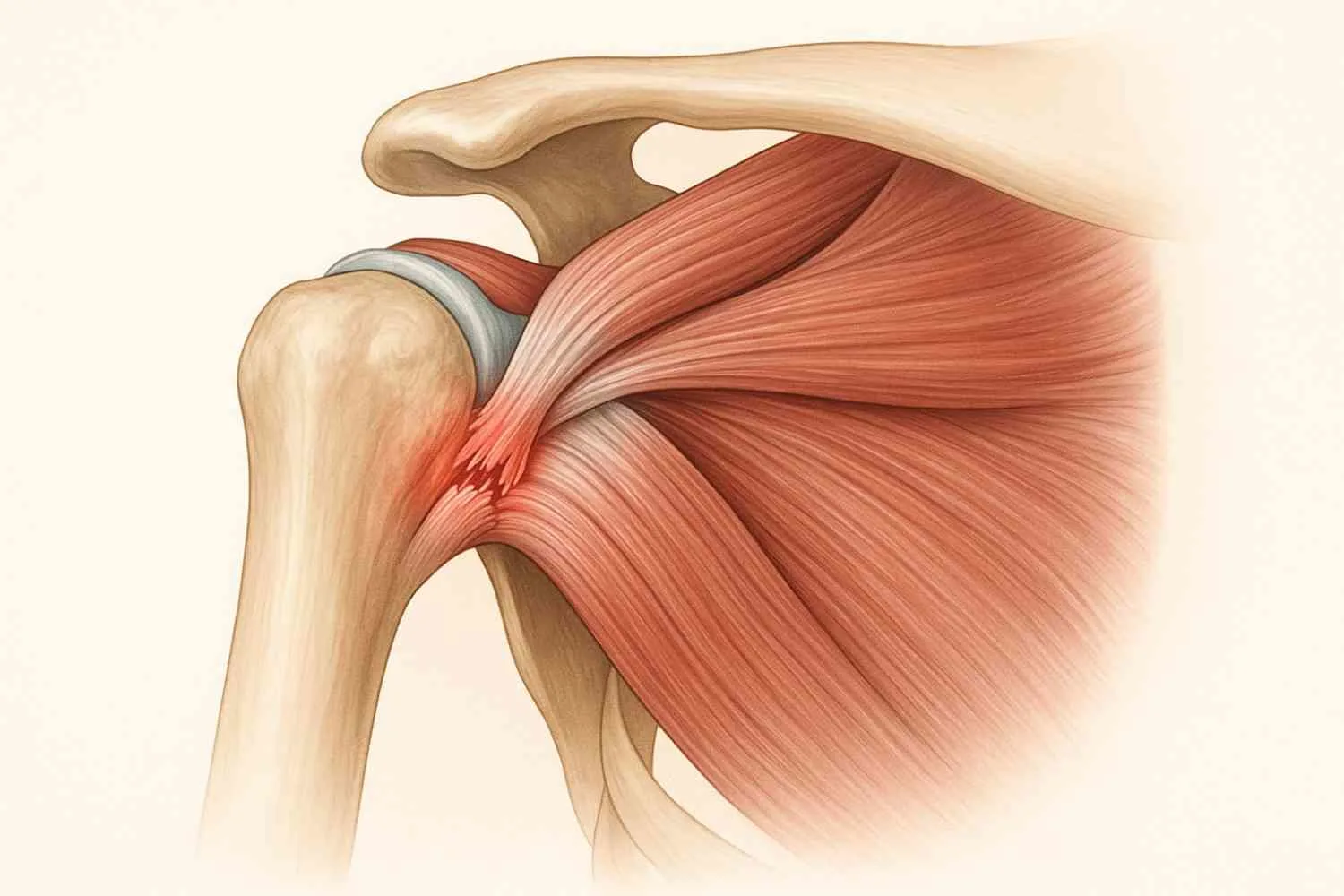
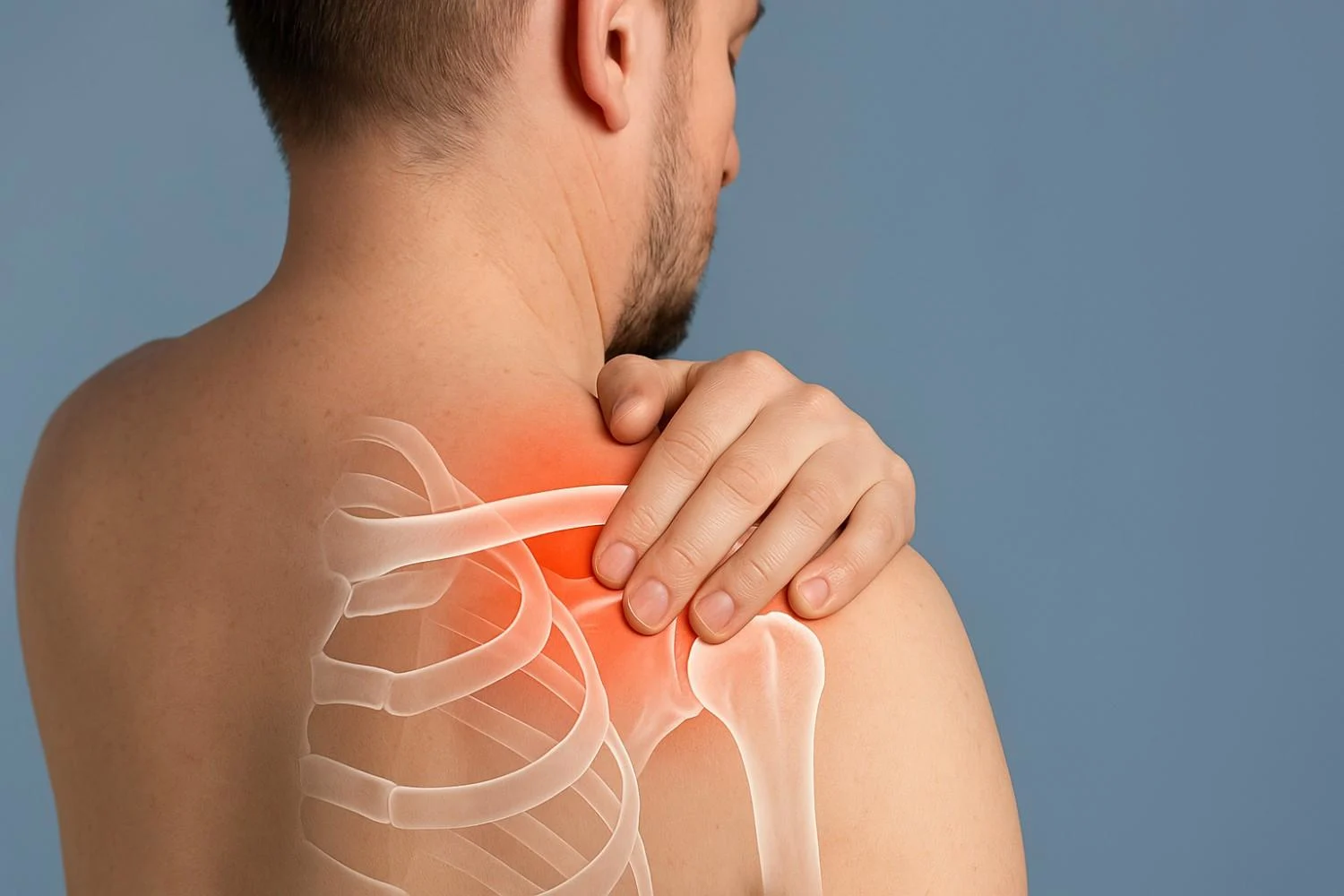


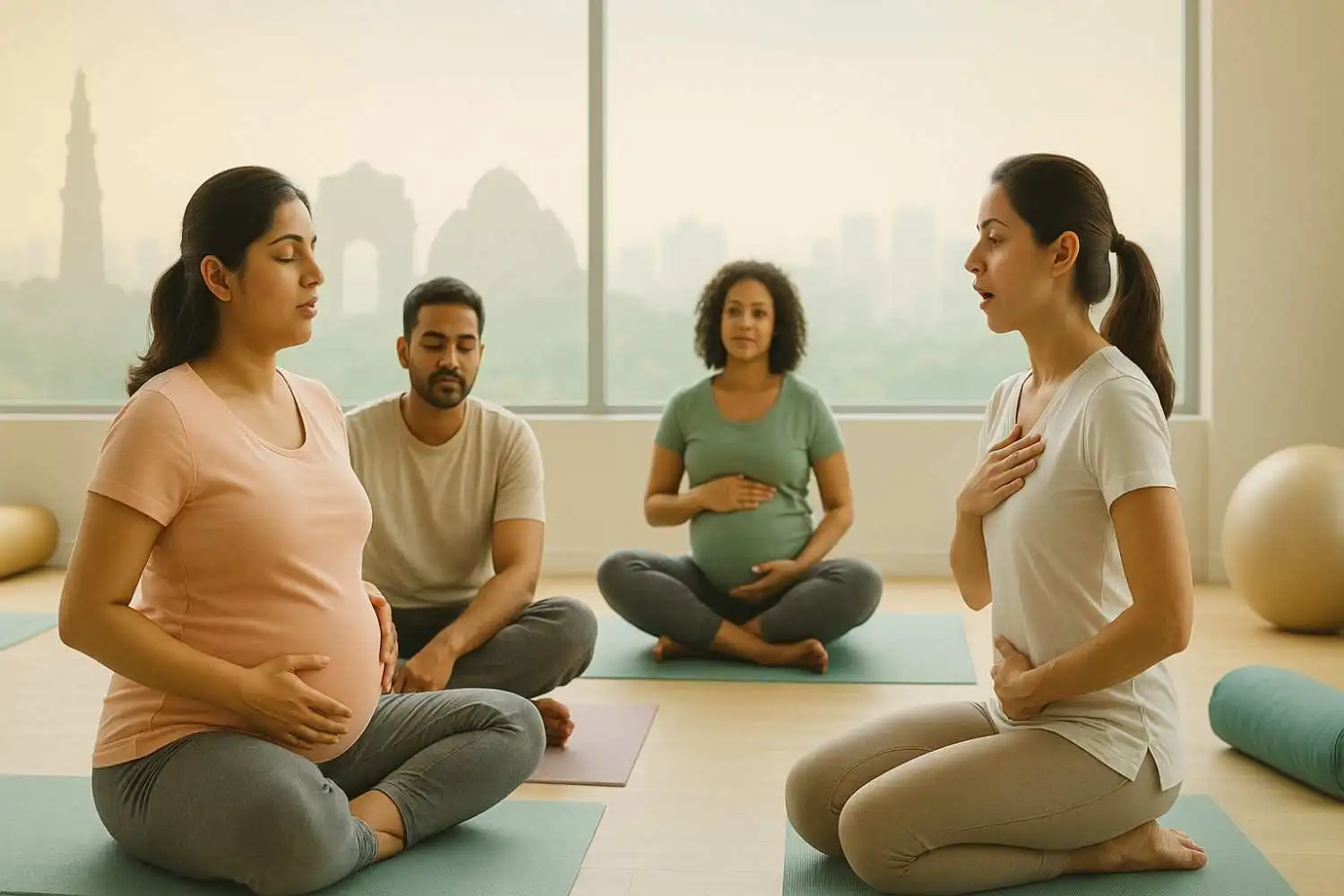
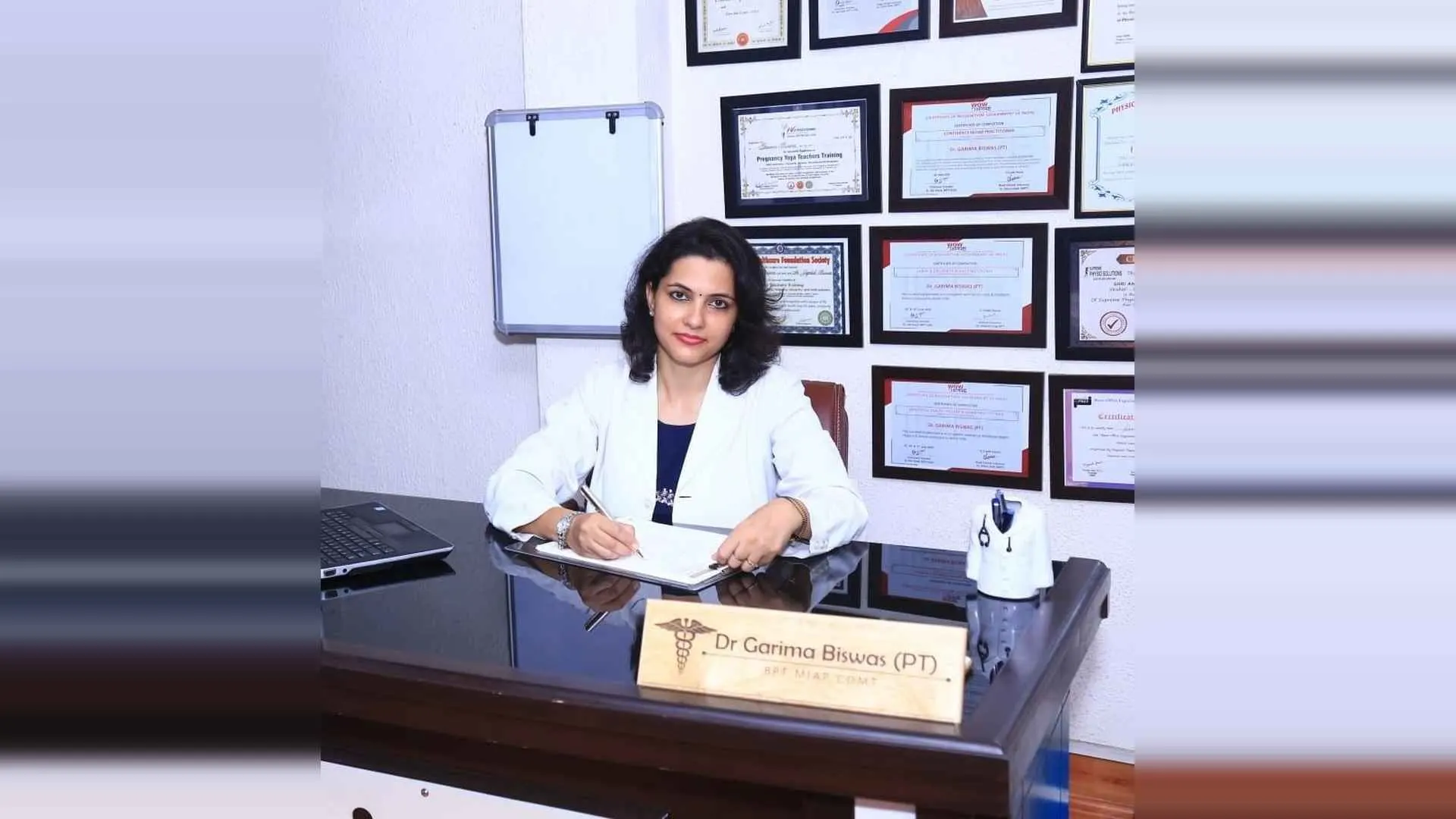
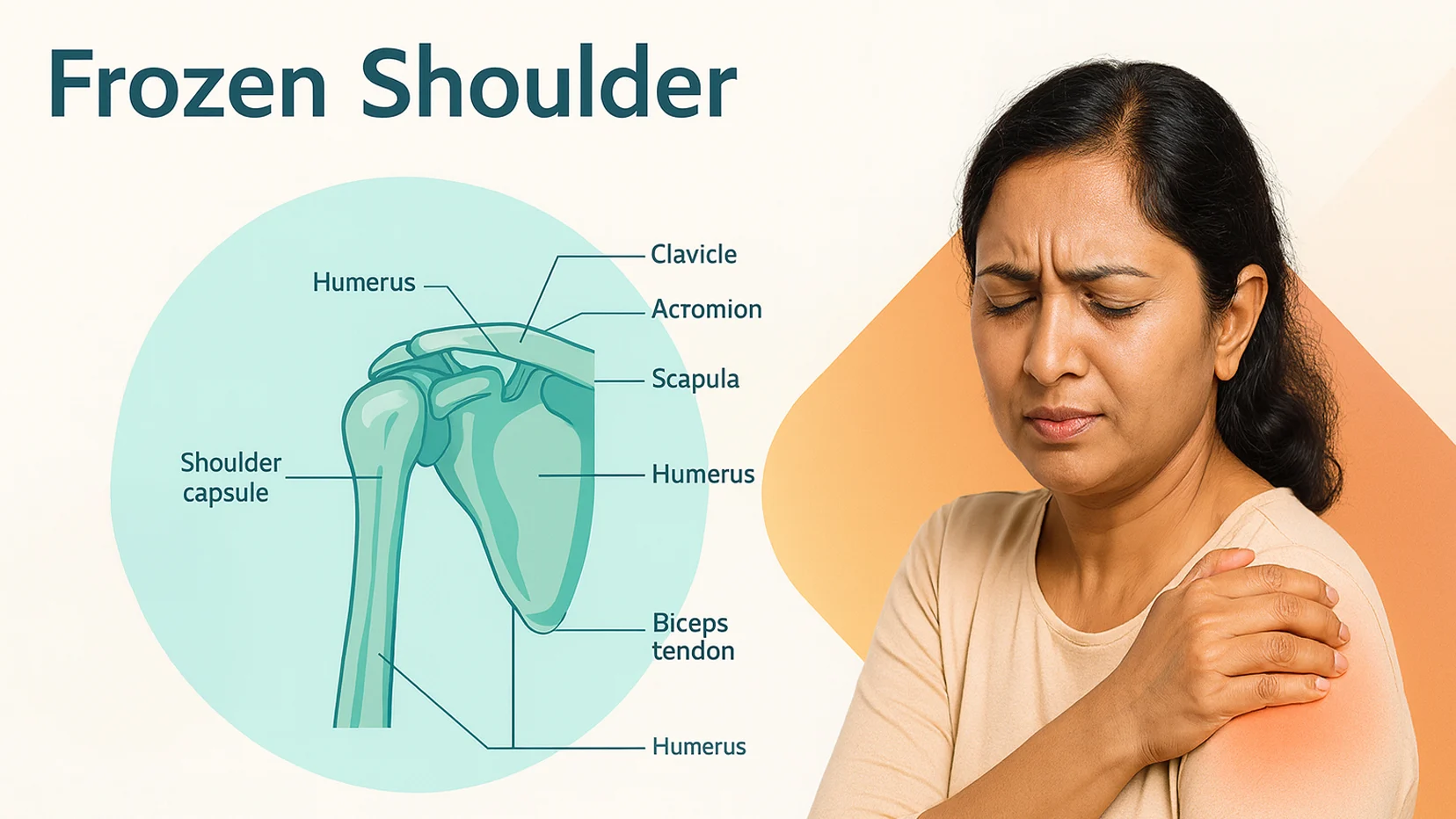




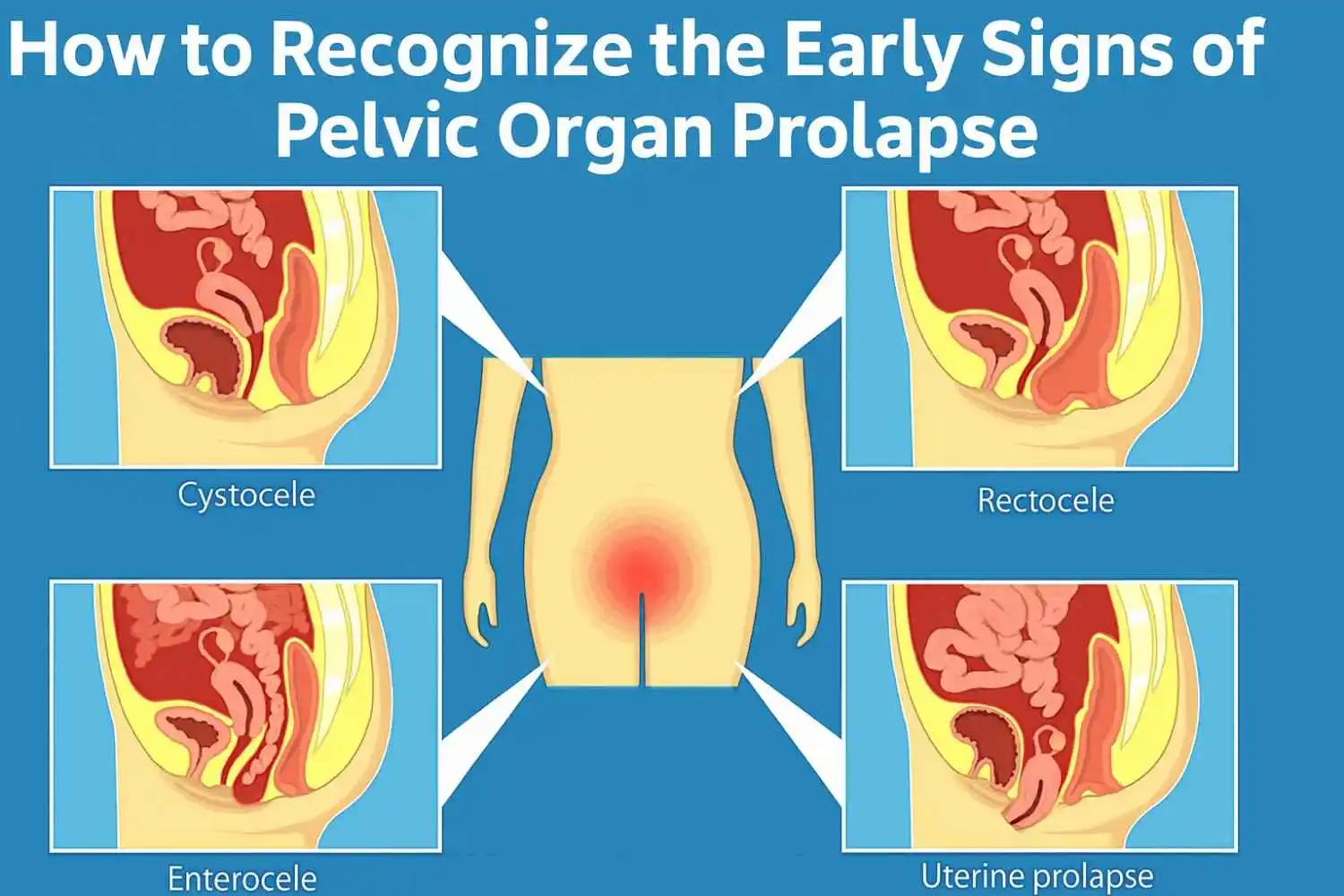
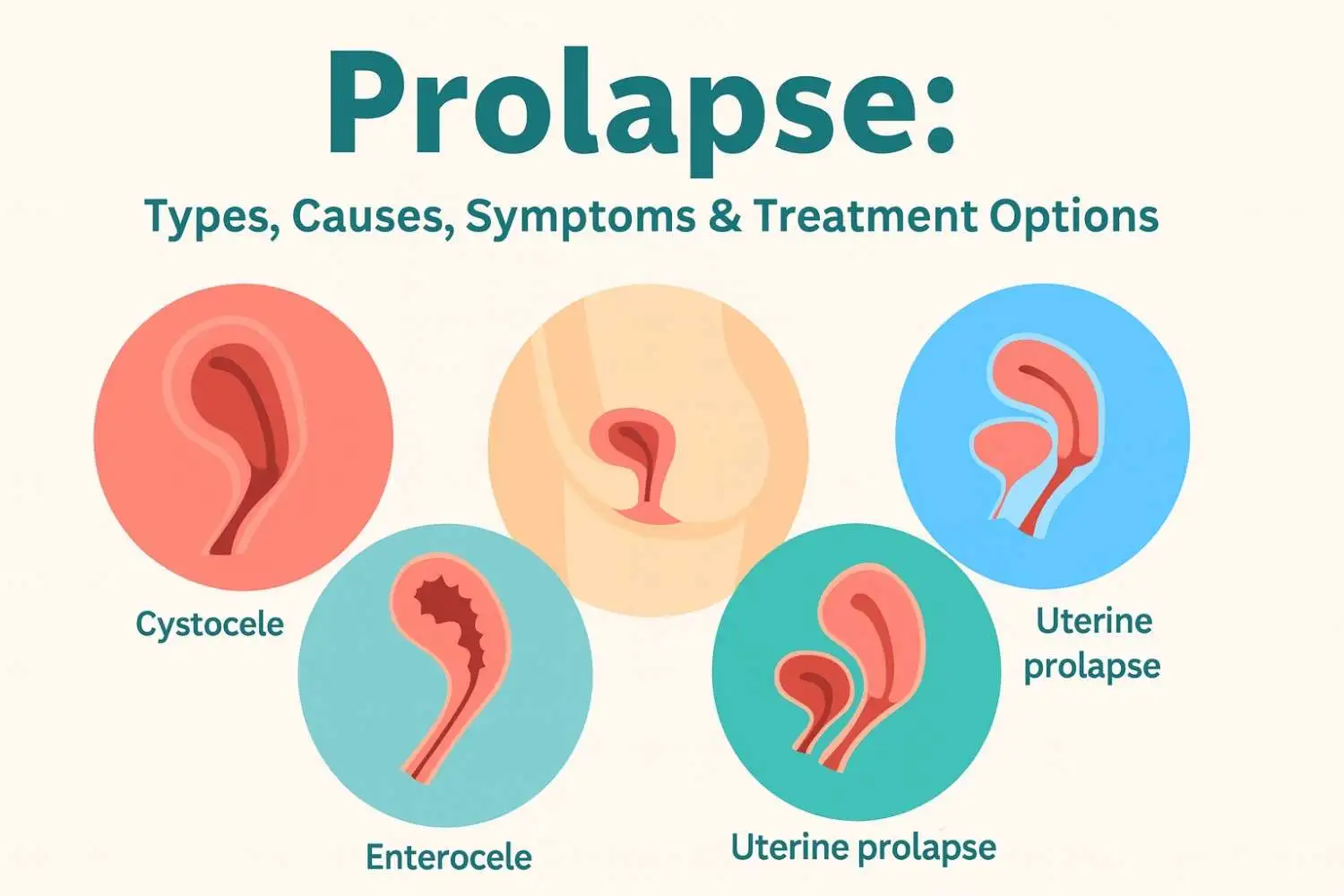









.webp)





.jpg)






































